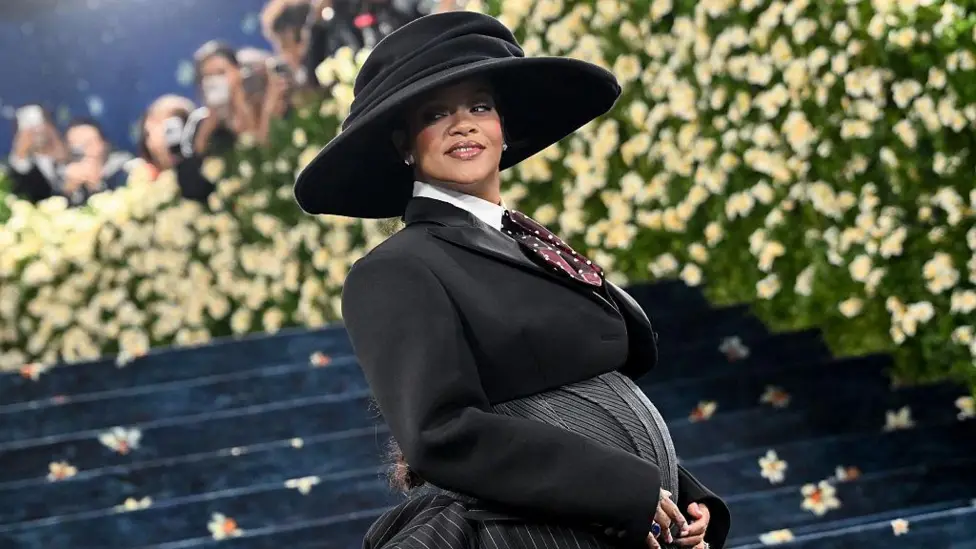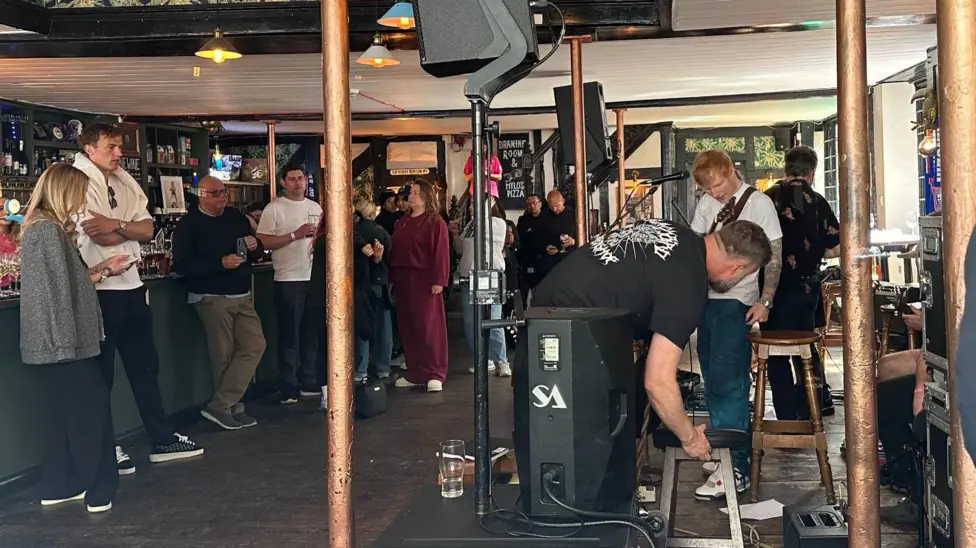Armin Van Buuren talks partnering with Phillips
Written by admin on 8th October 2013
Long before the focus on DJ salaries and the age of YouTube breakouts, Armin Van Buuren could be found paving his way as an iconic trance advocate with a religious-like stance upon the genre’s once modest following. Flash-forward to the age of big business, even bigger crowds and a sudden focus on the modern club culture and the 36-year-old father of two needs little lecturing on the power of a brand amid the EDM gold rush. Between crafting albums, expanding labels, breaking new talent and scaling the wildest heights of global club culture, something in his appetite for evolution has continued to provoke attention from every avenue of popular culture imaginable.
We caught up with the man in a private yet well-occupied room of Berlin’s IFA technology conference – a canvas of dry cleaned suits, technological banter and a sea of name tags from all geographic spreads. Moments before, the 36-year old father of two and 5-time DJ Awards champion could be found presenting the M1X DJ in collaboration with electronic giants Phillips – a device uniting on-the-move DJing and boom box culture for a generation now more aware of DJ culture than any on record before. To the several hundred strong staff, technology buyers and overseas journalists, this was your standard superstar partnership with all the right marketing terminology. For those who spent their inaugural years hanging on Armin’s every note as one of trance’s leading pioneers, the scene is all too peculiar.
Armin is not blind to the raising of eyebrows. With audacious leaps towards the radio-friendly music and enough digressions in sound to keep a decade of new fans in tow, one thing rings surprisingly loud for this high-profile industry veteran. Armin Van Buuren deals in the unexpected. By such a standard, today’s announcement is just business as usual. “Of course I will get criticism for joining up with Phillips,” he accepts. “It is only natural and I cannot please everyone. The only thing I know is that I think we designed a great product together, which was not only fun to design but also is fun to use. Over the last couple of years I have done quite a few strange things because I like to start new things.”
From a technology giant that claims to be obsessed with sound, the album-smith and audacious trance advocate opens a sizeable endorsement for any brand looking to be inaugurated into the electronic dance music playing field. At the core of his product, he claims, sits an ideology that everyone any anyone can be a DJ. He kindly offers the sentiment to include international journalists such as myself; painfully unaware of past flatulent attempts at beat matching that have been known to clear living rooms and house parties alike. Behind this encouraging jeer, Armin digs deeper into an elephant in the room where modern DJ culture is concerned. For the affinity of breakouts now filling the burgeoning dance market, the inflation of an ego can all too often dampen the nurturing of an art form still hotly debated, but all the more consequential for it.
“I think sometimes DJs are being put up on pedestals a little too high for their own good. I think everybody can DJ given the right resources. This is me hoping to inspire people to start their own paths, challenge their own DJ skills and learn about how to build a night using FX, coordinated structure and program the music throughout the night.”
The hardware debate, however, has often taken a back seat to modern programming. Acclaimed for lengthy explorations into the sound of trance during his heyday, Armin’s dotted live concepts have continued to build on his ongoing allegiance towards the genre. Whilst such concepts as Armin Only stuck the focus back on universal showmanship, an increasingly prolific spree at Privilege Ibiza has suggested that where many have tried and tripped, Armin may have coined the best of both worlds amid electronic dance music’s expanding live avenues. If you want to talk programming or the loss of vinyl dexterity, however, the Dutch heavyweight has long cast the moaning of its unelected gatekeepers to the craft.
“At the end of the day what matters is what sound comes out of your speakers and what kind of performance you give as an artist. I can understand the reaction of some that sync buttons are wrong and that technology is making it easier to allegedly do this half heartedly, there is some craft in DJing that I believe should be upheld. But there is no law saying you have to DJ in a particular way. You are an entertainer and if you are a good or bad DJ that is decided by the audience, not by anybody else. No matter how you DJ, if the crowd in front of you is going crazy then who is to say it is wrong. I understand the nostalgic feelings, I get them too, but things move forward. The Beatles used completely different techniques between their first and last albums, different synthesizers and instrumental mediums. Technology and music move on hand in hand. It is never a fixed thing. Some people are having a hard time with that.”
Armin, it seems, has not struggled to keep up. In fact, past the crest of the DJ Mag Top 100 or his consistent visibility on the global clubbing circuit, his movements have continued to play like a refreshing breeze upon a market consistently embodying universal stripes and the monotonous assets that too often follow the next big thing. He points to his latest label venture, Who’s Afraid of 138, a nod to trance’s rawest and more euphorically refined heyday that many thought was lost in Armin’s dotted industry guise. He then references Communication, the album that opened the floodgates to Armin’s aptitude towards the full-length album. These are the head turning landmarks that have characterized his industrious ascent. Landmarks, he vows, that need not ever be repeated. “I like to be innovative and try new things because that is the only way we can move forward. If you want to hear me make another Communication then I am sorry, but it just isn’t going to happen. I am going to make a new album but I am moving forward with the sound. If you don’t want to move forward with me then I am sorry but that is just too bad. I am not going to stop trying to be creative for anyone.”
If one thing can be assured, it is that the tides of change have never found as consistent a strain of fandom as Armin Van Buuren. We will continue to approach the prospect of brand association with skepticism because we have seen generations of pop artists so blindly turn from musical icons to marketing martyrs. Likewise, modern DJ culture will continue to feel the fire of a generation that watched the craft explode into the vision of a captive audience once unimaginable to electronic music. , a simple line needs to be drawn between exploitation and exploration. With the moon on his mind and a proven capacity for turning heads across cultural mediums, Armin Van Buuren certainly seems to have made his mind up as to which his movements abide.




